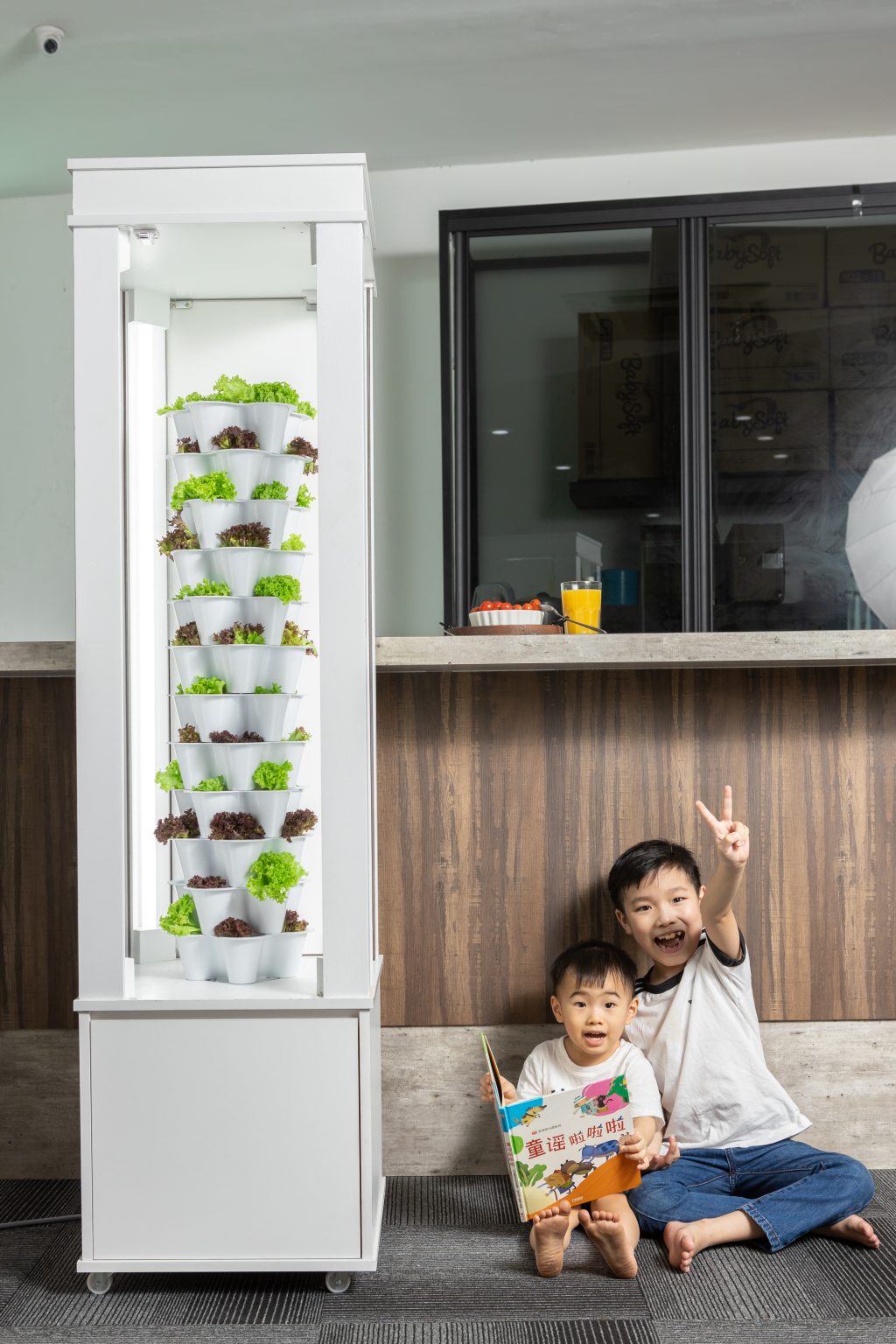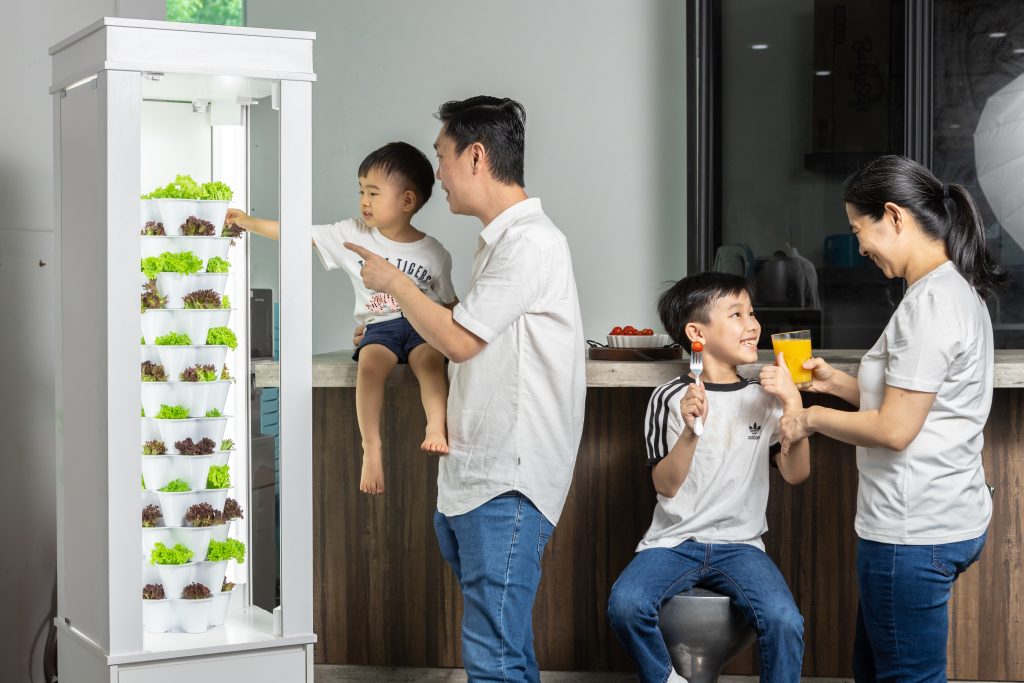Why Vertical Farming at Home is a Must-Have for Every Family

As our world continues to change rapidly, many families are starting to see the importance of sustainability, self-sufficiency, and healthy living. One of the best ways to achieve all three of these goals is by starting a household vertical farming system. In this blog, we’ll explore why household vertical farming is a must for every family, and back it up with statistics to support our claims.

What is Household Vertical Farming?
Household vertical farming is a way of growing plants in a vertical, indoor setting. This method allows for maximum use of space, and eliminates the need for soil, as plants are grown using hydroponic or aeroponic systems. Vertical farming also allows for year-round growing, regardless of weather conditions, and the ability to grow a wide variety of plants, including vegetables, herbs, and even edible flowers.

Why is Household Vertical Farming a Must for Every Family?
- Health Benefits
Growing your own food using a vertical farming system means you know exactly what went into it, from the seeds to the water and nutrients. This means you can ensure that your produce is free from harmful pesticides, chemicals, and additives. In fact, studies have shown that homegrown produce can be up to 40% more nutritious than store-bought produce.
- Environmental Benefits
Vertical farming is a sustainable method of agriculture, as it uses significantly less water and land than traditional farming methods. It also eliminates the need for transportation of produce, reducing the carbon footprint associated with food transportation. This means that families who grow their own food using vertical farming systems are making a positive impact on the environment.
- Cost Benefits
According to the National Gardening Association, the average household spent $70 on a vegetable garden in 2020, and yielded an average of $600 worth of produce. This means that families can save a significant amount of money on produce costs by growing their own food using a vertical farming system.
- Space-Saving Benefits
Vertical farming allows for maximum use of space, making it a perfect solution for families living in small apartments or homes with limited outdoor space. In fact, VGROW INDOOR can produce up to 60 times more food per square foot than traditional farming methods.
- Educational Benefits
Vertical farming can be a great way to teach children about where their food comes from, and how to take care of plants. It can also be a fun and rewarding family activity, creating opportunities for bonding and learning together.

Statistics to Support Our Claims:
- According to a study by the National Gardening Association, homegrown produce can be up to 40% more nutritious than store-bought produce.
- The vertical farming market is projected to reach $7.3 billion by 2025, according to a report by MarketsandMarkets.
- VGROW INDOOR can produce up to 60 times more food per square foot than traditional farming methods
- The average household spent $70 on a vegetable garden in 2020, and yielded an average of $600 worth of produce, according to the National Gardening Association.
- National Gardening Association. (2014). Garden to Table: A 5-Year Look at Food Gardening in America. Retrieved from https://gardenresearch.com/wp-content/uploads/2014/06/2013-Press-Release-Garden-to-Table.pdf
- MarketsandMarkets. (2020). Vertical Farming Market by Growth Mechanism, Structure, Offering, Crop Type And Geography – Global Forecast to 2025. Retrieved from https://www.marketsandmarkets.com/Market-Reports/vertical-farming-market-221795514.html
- University of Arizona. (2015). Lighting for Indoor Farming. Retrieved from https://cals.arizona.edu/ceac/sites/cals.arizona.edu.ceac/files/az1671-2015_0.pdf
- National Gardening Association. (2020). Garden to Table: A 5-Year Look at Food Gardening in America. Retrieved from https://gardenresearch.com/wp-content/uploads/2021/04/Press-Release-2020-Garden-to-Table.pdf

In conclusion, household vertical farming is a must for every family, as it provides numerous health, environmental, cost-saving, space-saving, and educational benefits. By growing your own food using a vertical farming system, you can ensure the safety and quality of your produce, reduce your carbon footprint, save money, and teach your children valuable life skills. Start your own vertical farming system today and experience the many benefits for yourself and your family.